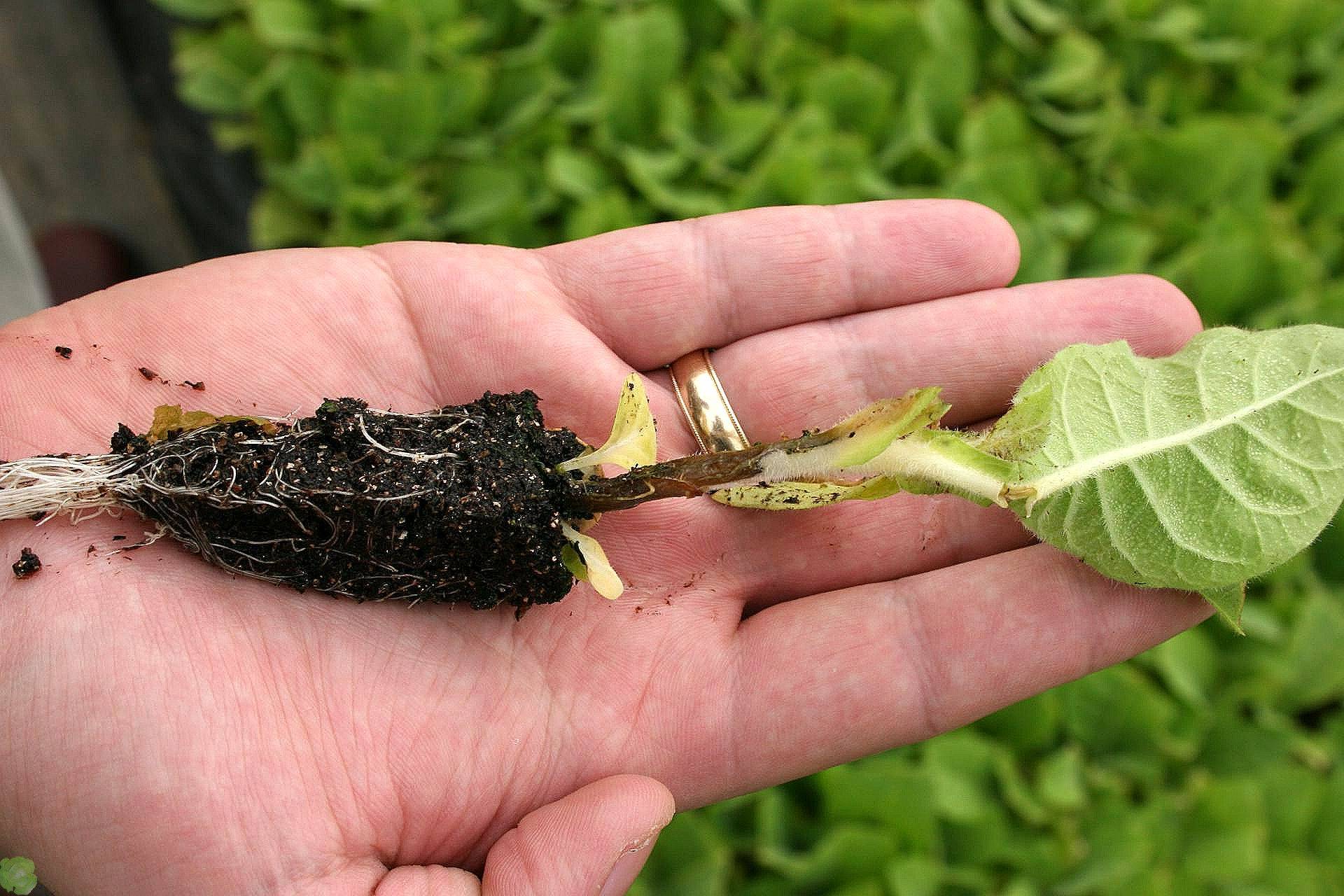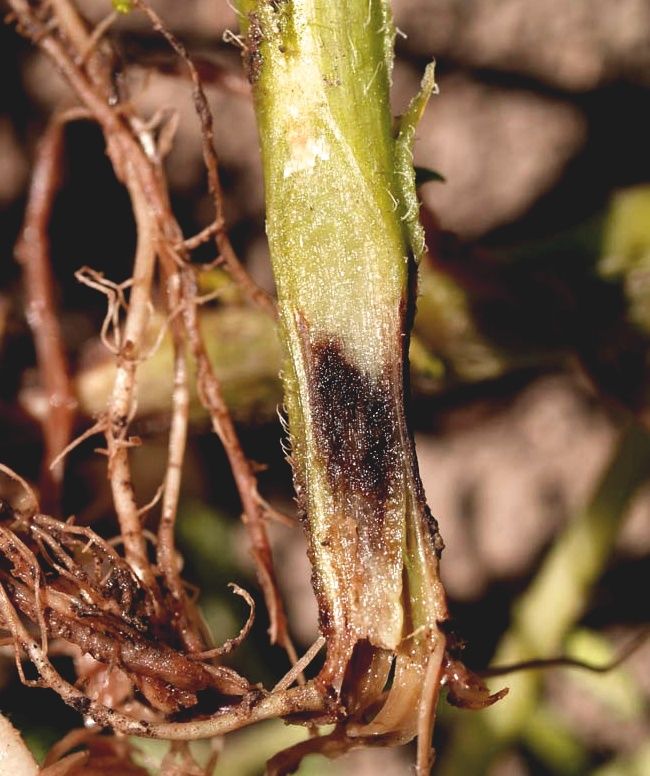WHAT IS PHYTOPHTHORA DISEASES AND HOW TO PROTECT YOUR PLANTS FROM THEM?
The yield of tomatoes is always a lottery, too many factors affect all stages of their growth, from the stage of seed germination to fruit ripening. The weather conditions are important, and also watering, and wind protection, and a correct tying up and many more factors. But even performing all the necessary actions does not guarantee that tomatoes will have time to ripen, and their quantity and quality will meet expectations.
The protection of plants from pests plays a huge part because tomatoes and potatoes, like all nightshades, have a few dozen of them. One of these parasites are the pseudofungi Oomycetes Phytophthora, which cause an unpleasant disease in various plants - late blight, or plant rot.
If you do not notice the syptomps of the disease in time, and do not take action, then you can lose up to 90% of the crop due to the bushes death. Moreover, the disease develops well both in greenhouses and outdoors if the weather is warm and humid.
How does late blight manifest itself on tomatoes and potatoes?
The initial symptom of plant late blight disease includes spotting (necrosis) of the affected leaves, shoots and fruits. At first, the patches are small, but they spread actively through the whole plant, while the fruits rot, and the leaves dry up and fall off.
In case of potatoes, tubers are also affected, they are also covered with brown spots, deform and soon die.
But this is not the only sign of plant infection with late blight. You should worry if you find that:
- Brown spots on any part of the bushes.
- Whitish bloom on the underside of the leaf, and on the top - a distinctive pigmentation.
- Inflorescences began to darken, dry up and fall off.
- Brown spots appeared on the fruits, in addition, the tomatoes began to lag behind in growth, shriven and rot.
If the lesions are already visible on several parts of the plant, it should be burnt, it is useless to treat them.
Where does late blight come from on the garden site?
Determining exactly how the spores of pseudofungi got on your plants will be very challenging. They can be easily wind-blown from neighboring areas, they can be transmitted by animals, birds, insects and even humans, as they are very small and cling well to wool, clothing, and even the skin of hands and equipment.
The fungus can get into the ground with seedlings or soil, and it can be its natural reservoirs for a year or so, for example, if the weather is adverse, and the soil moisture level is low. More important question is why the fungus began to grow and develop in your area? What factors have become crucial for its activation? After all, spores of various fungi and pests enter the garden site constantly, but they do not always cause diseases and death of plants.
Late blight develops quickly enough to attack the lower leaves and fruits which lie on the ground first, only then the fungus moves to the upper parts. That's why tying some tomatoes and hilling potato bushes prevent them from falling and provides good air circulation.
Why is late blight dangerous for tomatoes?
At the initial stages of the disease development, late blight simply spoils the appearance of plants, practically without affecting the quality of fruits and their quantity. But if you don't take some actions, then the mycelium of the fungus will spread to the entire bush, and you will have to forget about the harvest.
If the bush is already partially covered with spots, and the tomatoes themselves have begun to rot, then the seedling should be destroyed so that it does not infect other plants.
Late blight can spread from tomatoes and potatoes to other horticultural crops, even trees, so when the first signs of infection show up, it is necessary to carry out treatment of bushes with chemicals for fungal diseases or various folk methods.
How to prevent late blight on plants?
Preventive measures to protect the personal plot from pests, as a rule do not end with agrotechnical activities, but include taking regular pre-treatment agents, both the land where the seedlings of tomatoes will be planted, and the seedlings themselves. Potatoes before planting are also treated with dusting or adding onion peel to the hole, it prevents fungal spores from developing. What else should be done to minimize the risk of late blight?
The first is to properly plan the location of the plants. Bushes should be planted away from each other so that there is sufficient air circulation.
The second is the choice of seedlings. There are varieties of tomatoes that are resistant to late blight.
The third is the neighborhood of plants. If you plant garlic, onions, marigolds next to nightshade or peas, the incidence will decrease significantly, since fungi do not like similar neighborhood.
The fourth - regular loosening and mulching of the soil, top dressing and pruning extra shoots will eliminate thickening and high moisture.
The fifth is the processing of tomato seedlings and potato tubers before planting.
The sixth - proper watering. Water should not fall on the leaves and shoots, you need to pour into a root hole.
Effective remedies for phytophthora.
If all of the above actions did not help, then you can take one of the drugs that are sold in shops for gardeners. Most often, a solution is used for processing fungicide chemicals that are sprayed on plants. In the fight against late blight use Fitosporin-M, Bordeaux mixture, Previkur Energy and others.Подпишитесь на обновления и узнавайте первыми о выходе новых статей




